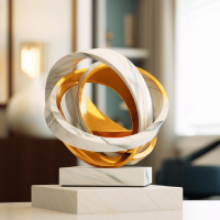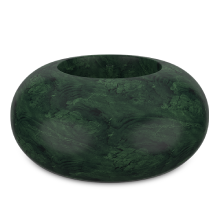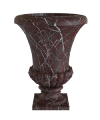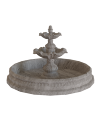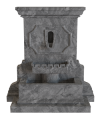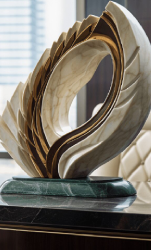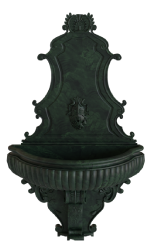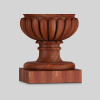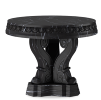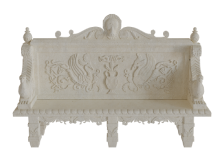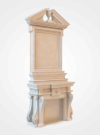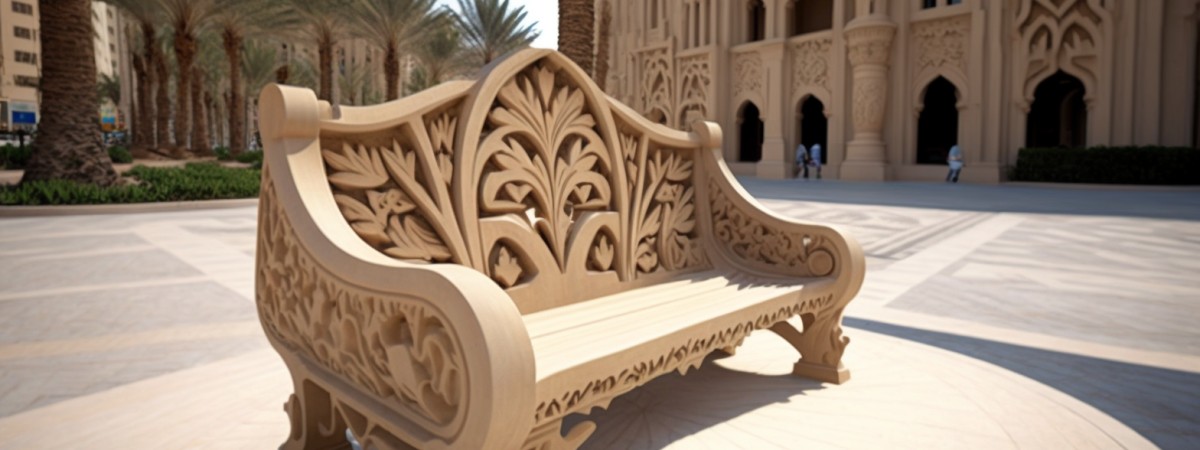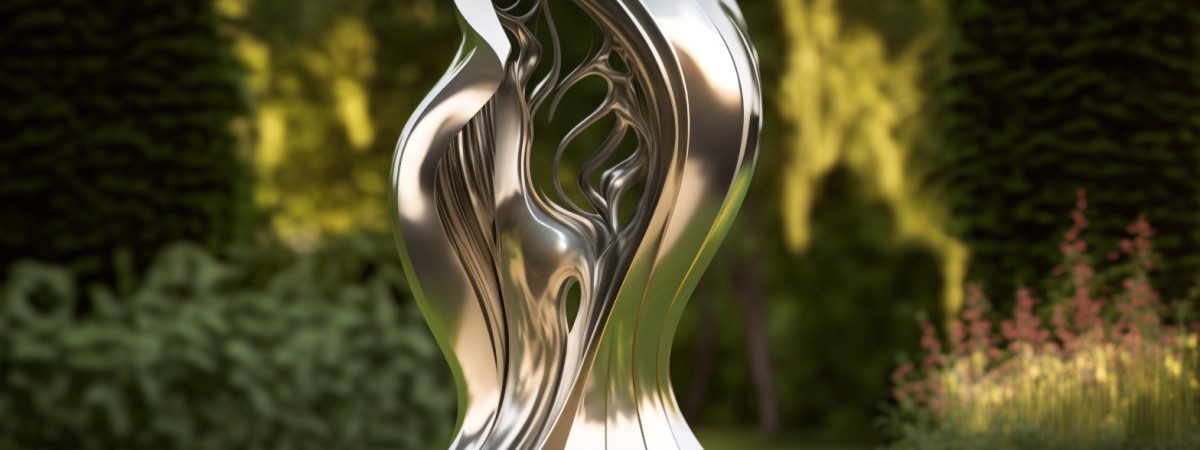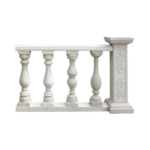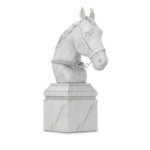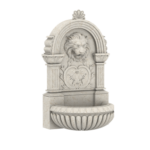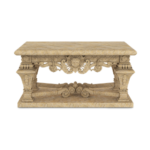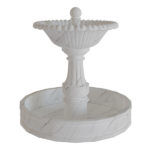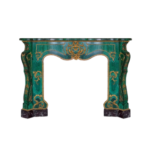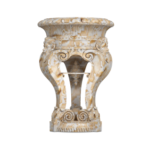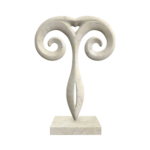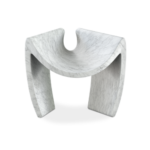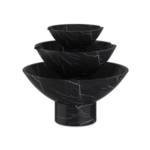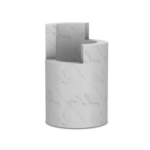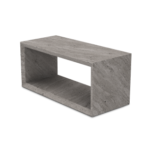September 11, 2023 Author: John Samuel
A Comprehensive Guide to Repairing Existing Water Features
In the vast realm of architectural designs, water features stand out as captivating elements that enhance the aesthetic and functional value of spaces. However, as with any architectural installation, these features might confront challenges over time. This guide aims to equip architects with the necessary expertise to address these issues.
The Allure of Water Features in Modern Architecture
Water features, beyond their immediate aesthetic appeal, serve as symbols of innovative design and sustainable architecture. They bridge the gap between built environments and natural elements, creating spaces that resonate with harmony and tranquillity.

Identifying Common Issues with Water Features
To address problems, architects must first recognise the potential issues that can arise within these installations.
Water Leakage A common yet crucial concern. Architectural integrity can be compromised with improper water flow or sealing mechanisms, leading to potential structural and aesthetic issues.

Pump Problems Critical for the functionality of the feature. A malfunctioning pump not only disrupts the visual and auditory appeal but can also pose challenges to maintaining water circulation.

Structural Damage From an architect’s perspective, structural damages aren’t just cosmetic. They can jeopardise the entire design intent and overall safety of the feature.

Electrical Issues Incorporating electrical components seamlessly without compromising on design is a challenge. Any malfunction can be detrimental to both the aesthetic and functional aspects of the water feature.

Step-by-Step Guide to Repairing Water Features
Assessing the Problem Start with a thorough inspection, keeping in mind both the design intent and the functionality. Architectural drawings and initial designs can be beneficial during this phase.

Fixing Leakage Address the issue from a holistic architectural viewpoint. Consider both immediate solutions like sealants and long-term interventions like redesigning affected sections.

Addressing Pump Problems Remember, it’s not just about replacing the pump; it’s also about ensuring that the new pump aligns with the design vision and functions efficiently within the larger design framework.

Repairing Structural Damage Beyond quick fixes, consider how repairs can be integrated into the original design without compromising the architectural integrity.

Electrical Repairs Always prioritise safety. While addressing electrical issues, ensure that solutions are seamlessly incorporated without disrupting the design or functionality.

Preventive Measures and Maintenance Architects should focus on designing with foresight. Opt for materials and systems that are durable and ensure regular check-ups to detect early signs of wear and tear.

Conclusion For architects, water features are more than just decorative elements; they embody design philosophy, functionality, and innovation. This guide serves as a pathway to ensure that such installations continue to reflect architectural excellence.
Check out our curated selection of natural marble fountains at https://marblising.com/
